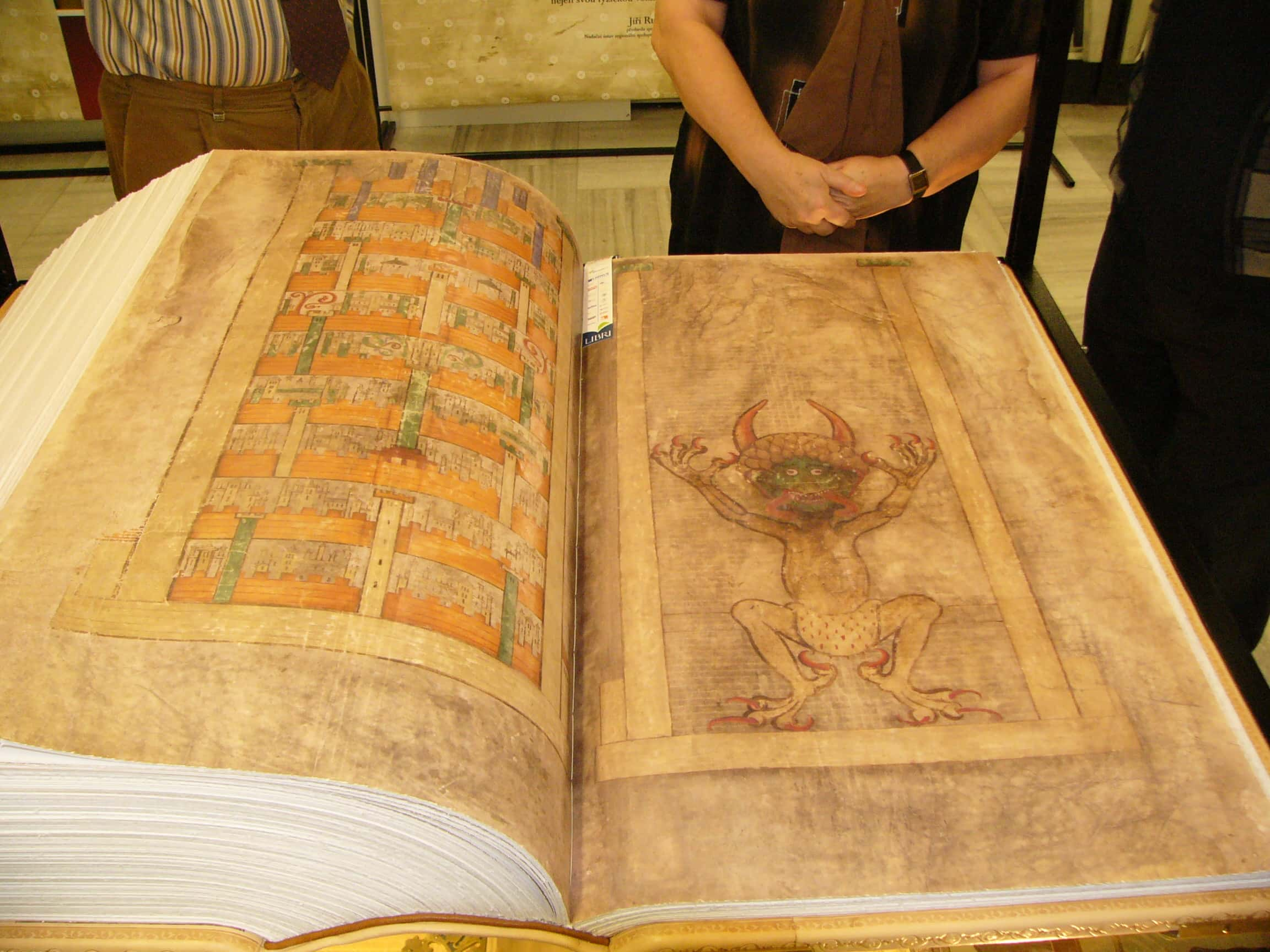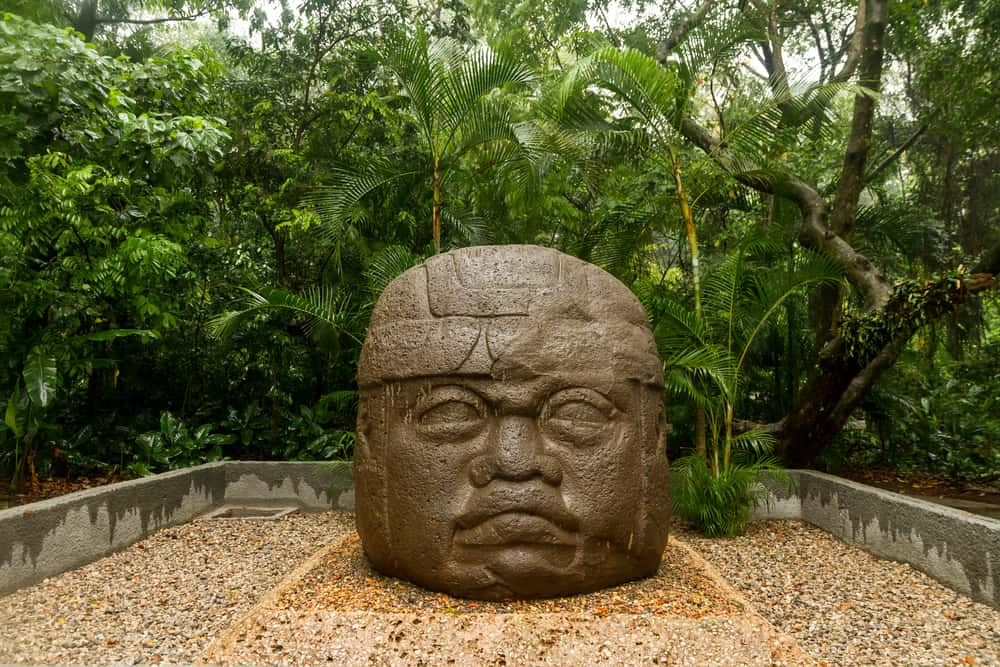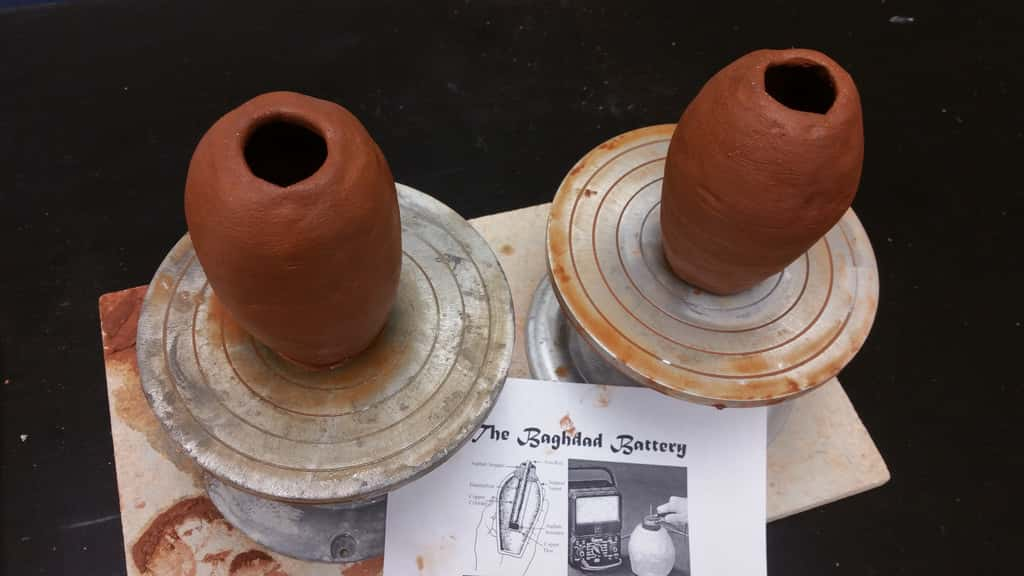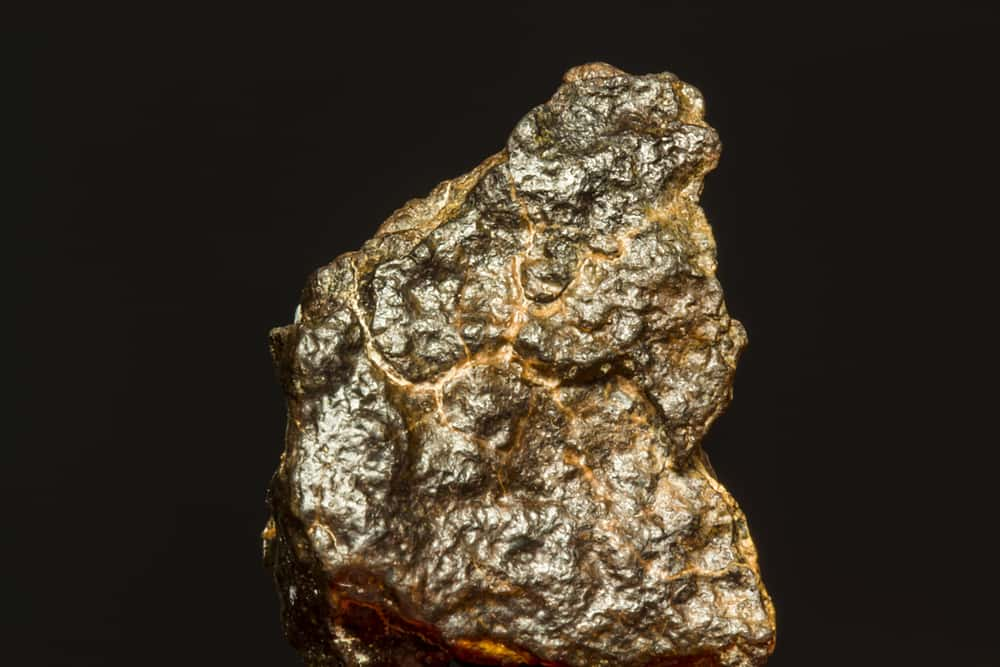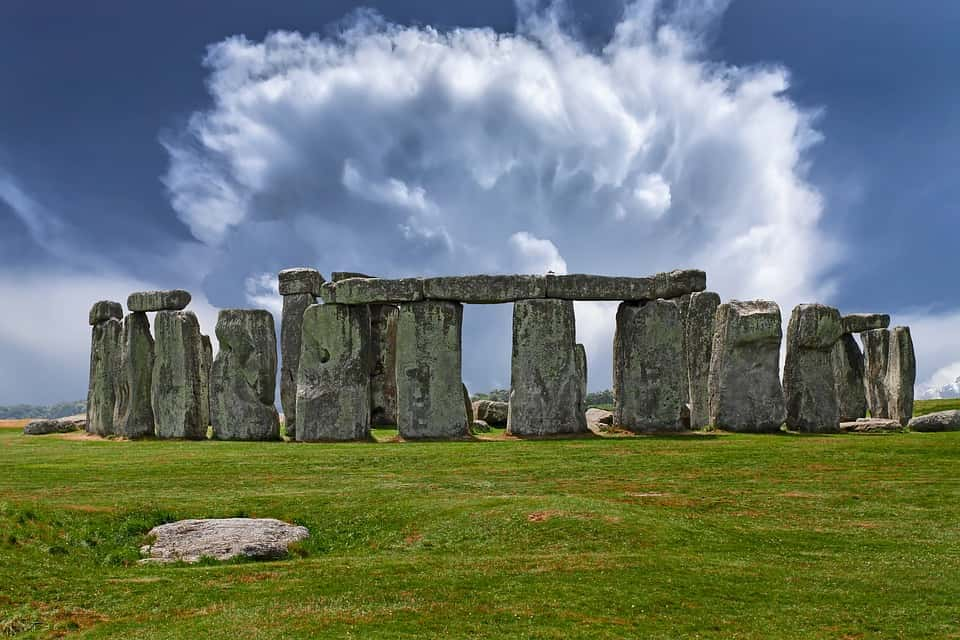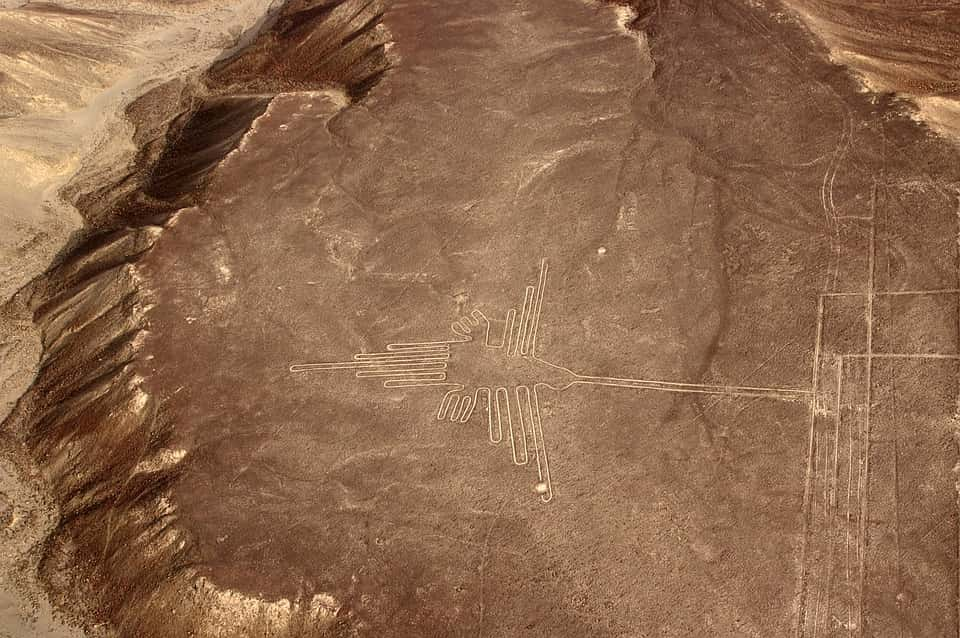“But that was the trouble with ancient artifacts - no one really knew what they did".
― Patricia Briggs, Wolfsbane
The public is fascinated by the discovery of ancient artifacts and they love to imagine what those artifacts might have been used for. Once in a while, an artifact is uncovered that puzzles archaeologists and scientists alike. There is no explanation of where it came from, what it’s for, or even what value it holds. Below are 45 amazing facts about historical artifacts.
1. The Balls
Stone Spheres known as Las Bolas (The Balls) are scattered throughout the Diquis Delta of southern Costa Rica. They were the works of a pre-Columbian civilization, and are mostly made from a rock that forms from molten magma. There has been some speculation that they were used for astronomical purposes or that they pointed the way to significant places. No one knows for sure however, as the people who once populated the area vanished during the Spanish conquest.

2. Aliens in China
In 1938, archaeologist Dr. Chi Pu Tu discovered an ancient cave in Baian-Kara-Ula, China. Buried in the cave were hundreds of ancient stone discs similar to records, with a spiral composed of tiny hieroglyphics. and when the glyphs were translated, they told a story of a spaceship that crashed into the mountains, piloted by a race called the Dropa. Russian researchers requested the discs for study, but as of today, nobody knows where the discs are stored or what final conclusions were drawn.
3. How is That Possible?
A fossil of a human handprint was found inside limestone that was estimated to be 110 million years old. This is way before modern humans were thought to have evolved on Earth. A fossilized human finger found in the Canadian arctic also dates back about 100 million years. Both suggest that humanity is older than we think, but it has yet to be proven.
4. Ancient Light Bulb
Beneath the Temple of Hathor at Dendera, Egypt is a sculpture depicting figures standing around a large, light-bulb like object. Erich Von Daniken, author of Chariot of the Gods created a working model of the bulb, which, when connected to a power source, emits an eerie purplish light.
5. Burnt Mounds
Nearly 6000 mysterious artifacts known as fulachtai fia were found in the waterways and marshes of Ireland and the UK (where they are called burnt mounds) that date back to the middle-bronze age. A fulacht fiadh is a horsehoe mound of soil and a stone surrounding a hollow piece of ground large enough to park a car on. They are usually found far from settlements, which would make them difficult to get to. People have suggested that they were used for cooking, or even breweries, saunas or sweathouses, but no conclusive answers have ever been found.
6. A Mysterious Mechanism
Archaeologists found a circular bronze artifact in the wreckage of a 2,000 year-old Greek cargo ship, and it’s the most sophisticated device ever found from that period. The artifact, known as the Antikythera mechanism, contains a maze of interlocking gears and mysterious characters etched over its exposed faces. It was originally believed to have been a navigational astrolabe, but its true purpose remains unknown. It’s thought to have at the very least been an intricate astronomical calendar.
 Flickr
Flickr
7. But Does it Fly?
In 1898, a bird-shaped artifact made of sycamore wood was discovered during the excavation of the Pa-di-Imen tomb in Saqqara, Egypt. It dates back to somewhere around 200 BC, and weighs just under 40 grams. There is no documentation to explain exactly what this artifact was for, but the Ancient Egyptians were fascinated with the principals of flight, and some believe it is possible it’s possible that it could glide like a hawk.
8. An Unusual Rock
The discovery of a rock is not in itself unusual, but the three metal prongs sticking out of it are. A man by the name of John Williams found the object while hiking in a remote, rural area, and appears to be some kind of an electrical conductor. The artifact, known as the Petradox could be as much as 100,000 years old. Scientists are still trying to determine how the object was made.
9. A History of Kings
The King List is a history of kingships dating back to pre-history of the Sumerian people. Researchers originally thought that they were straightforward historical documents, but as they found more complete versions, they realized that the kings were either partly or wholly mythological. There were numerous important omissions, and some histories had mythological accounts attached to them. Historians are still trying to understand why the Sumerians would have created a fictitious history, but some people like to speculate that the long reigns of the early kings were true, and they were gods or even aliens.

Sign up to our newsletter.
History’s most fascinating stories and darkest secrets, delivered to your inbox daily. Making distraction rewarding since 2017.
10. The Devil’s Bible
The Codex Gigas is the world’s largest known ancient manuscript. It’s often referred to as the Devil’s bible, due to a full-page illustration of the Devil and the legends that surround the book. The legend says that the book was written by a monk who made a deal with the devil to save his life after being sentenced to death by being walled in alive. With the Devil’s help, he wrote the book in a single night, despite the fact that it would take an estimated 5 years of non-stop labor to complete at the time. Some scholars believe that the Codex Gigas originally came from the Benedictine monastery of Podlazice (in the modern Czech Republic) and that it was taken by the Swedish army in the Thirty Years’ War.
11. Solid Aluminum
In 1974, workers digging trenches along the Mures river discovered an object that was composed of 89% aluminum, with traces of copper, zinc, lead, and other elements. Aluminum is a manufactured element, and wasn’t produced in large quantities until the 1800s, but analysis dated this object at 300-400 years old. How and why it was made is unknown, but as it’s unavailable for public viewing or analysis, it’s likely we’ll never know.
12. Big Giant Head
Between 1400 and 400 BCE, an ancient civilization known as the Olmec thrived in the area now known as Guatemala. They left behind a number of artifacts, and in the 1950s, a photograph emerged of a giant stone head. What was strange about the head was that it had Caucasian features, and didn’t resemble any other heads created by Central American civilizations. When an archaeologist travelled to the area in the 1980s to examine the object, all he found was that it had been used for target practice by rebel troops. As a result, the mystery of its creation remains unsolved.
13. Simple Machines
Metal springs, eyelets, spirals and other metal objects were found in layers of 100,000-year-old sediment. The objects could be between 20,000 and 100,000 years old, but people only started working with metal 9,000 years ago. So where did these objects come from? Nobody knows, but it’s possible that they are a product of another long-lost civilization.
14. 2000-year-old Battery
The Baghdad Battery is a 5.5 inch clay vessel with a copper cylinder inside, held in place by asphalt. Within the cylinder was an oxidized iron rod. Scientists initially speculated that it could have been a battery, since filling it with acid or an alkaline substance would have created an electric charge. Modern archaeologists have dismissed the theory, and believe that it was merely for storage.
15. Prehistoric Labyrinth
Prehistoric people, as early as 3000 B.C., used the Bolshoi Zayatsky Island in Russia to build villages. The villages were complete with sacred sites and even an irrigation system. The most mysterious construction left by these people are the many stone labyrinths found in the area. They are built of two rows of boulders overgrown with vegetation, and there are at least 13 on the island, and about 35 in total. Only 300 ancient labyrinths are known to exist world-wide, but exactly what they were used for is unknown.
16. Older than History
The London Hammer was discovered in 1934 or 1936, by a couple taking a walk. While on their walk, they noticed a rock with a piece of wood protruding from its core. They took the rock home, and cracked it open, discovering a primitive hammer inside. A team of archaeologists examined the find, and determined that the rock was more than 400 million years old. The hammer itself is believed to be older than that, and could be as old as 500 million years.
17. Polonnaruwa Meteorite
The Polonnaruwa meteorite supposedly fell to Earth in late 2012. The team that examined the object claimed that it contained algae from another planet, and suggested that first life on Earth could have been delivered in a similar fashion. Other experts have disputed the theory, and said that the algae is from Earth and proves nothing. The debate is still ongoing.
18. Ring of Stones
The prehistoric monument known as Stonehenge is one of the world’s most famous and mysterious landmarks. The ring of stones were erected approximately 4,000 years ago, and was quite an amazing feat for a supposedly primitive civilization. There are numerous theories about its original purpose and construction, but none have ever been conclusively proven.
19. Unidentifiable Metal Objects
Since humans, and certainly not metal-workers, were not around 65 million years ago, scientists have been unable to come up with an explanation for the semi-ovoid metallic tubes dug out of a 65-million-year-old Cretaceous chalk in France. In 1885, a metal cube was found inside a block of coal, and in 1912, an iron pot was discovered in a large chunk of coal. Some people think this is possible evidence for intelligent beings existing on Earth well before recorded history, or perhaps our dating methods are less accurate at this scale.
20. Unbreakable Code
Twenty-four mysterious carvings have been discovered on Easter Island (famous for its giant head statues), and so far, nobody has been able to decipher what the glyphs on the carvings mean. Cracking the glyphs could provide answers as to why the early civilization of Easter Island collapsed, but some people believe that they don’t mean anything and are just decoration. Some theories also suggest that only village elders or religious elders knew the script, which could explain its disappearance.
21. Kites
The low stone walls crisscrossing the deserts of Egypt, Israel and Jordan have puzzled scientists ever since their discovery in the early 20th century. The chain of walls run up to 40 miles long, and have been nicknamed kites by scientists for their appearance in the air. A recent study suggests that they were constructed as animal traps, and would lure animals towards a small pit where they could be killed. If true, then ancient hunters knew more about the behaviour of local animals than was previously thought.
22. Hidden Treasure
An ancient copper scroll was discovered at the archaeological site of Qumran in 1952 that possibly describes a hidden treasure of gold and silver. The scroll dates back nearly 2000 years, but nobody knows where the treasure is hidden or if it actually exists.
23. How Did He Know?
The Piri Reis map was discovered by historians in 1929. It was drawn in 1513 by Pri Reis- an admiral of the Turkish Navy, and showed Europe, North Africa, the coast of Brazil, several islands, and Antarctica, which supposedly wasn’t discovered for 300 more years. Most puzzling was that it showed Antarctica in great detail, and not covered in ice. The last time that occurred was 6000 years ago, so how this Turkish admiral from 500 years ago could produce a map like this is quite a mystery.
24. Witch Bottles
While digging the site of the Civil War Centre in Nottinghamshire in 2014, scientists made a strange discovery. They uncovered a green glass bottle of about 15cm (5.9 in) in diameter, that was likely used as a ‘witch bottle’. Witch bottles were popular in England and America in the late 1600s when people were most afraid of witchcraft. About 200 of these objects have been found, and they often contained pins, fingernails, needles, hair or even urine. The bottles were believed to protect their owners against the evil influence of witches. Because they were generally used in secret, little documentation on them exists.
25. UFO or Something Else?
One day in 2013, in the Russian City of Vladivostok, a local discovered a piece of coal with an embedded metal object resembling a toothed rod. The object was 98% aluminum and 2% magnesium, which was odd, since the coal deposit was over 300 million years old. Some people believe that it was from alien visitors, but it’s more likely that the object broke off of a piece of mining equipment and became embedded in the coal.
26. Shroud of Christ
A long piece of twill cloth believed to be the burial shroud of Jesus Christ was officially recorded by the Catholic Church in 1353, which is when the cloth showed up at a church in France. The legend of the shroud dates back to A.D. 30 or 33, but radiocarbon dating debunks the theory and dates it at 1260-1390 A.D. Some critics argue that scientists only dated newer portions of the cloth stitched together after the death of Christ, which would explain why it seems newer than it is.
27. The Lost Arc
Fans of the Indiana Jones movie franchise will remember Indie’s famous search for the Ark of the Covenant, but in real life, nobody has ever found the actual relic. Some reports suggest that it was buried in Jerusalem, and others say it was destroyed along with the first temple. A recently translated Hebrew text suggests that the arc will reveal itself, but not until “the coming of the Messiah”.
28. Desert Lines
The Nazca Lines are giant glyphs carved into the ground located in a Peruvian desert. The glyphs cover more than 450 square km and each one measures more than 200m in length. The drawings depict geometrical figures, animals and figures that might have been constellations. Scientists believe they were created by the ancient Nasca people who lived between 1 and 700 A.D. but their exact purpose is still unknown.
29. Potbelly Hill
In the Urfa plain of southeast Turkey, there is a temple whose ruins are thought to be the oldest known organized place of worship in the world. Gobekli Tepe (Potbelly Hill), named for the mound it’s buried under, was discovered in the mid 1990s by Klaus Schmidt, and is about 5000 years older than Stonehenge. Schmidt and his successor believe that the ruins were a site for religious rituals, but others believe it was a home for some of the region’s first settlers.
30. The Book No One Could Read
The Voynich manuscript was discovered by an antique book dealer in 1912, but it’s written in an unknown alphabet that nobody can read. The book dates back 600 years, and was likely written in central Europe. Some scholars believe that it lays out some kind of code, but according to a professor of linguistics who supposedly deciphered some of the characters, it’s likely an essay on nature written in an ancient near Eastern or Asian language.
31. Bronze Age Treasures
In 1929, a worker who was repairing a sewage ditch in China uncovered multiple jade and stone artifacts. In 1986, two more pits of Bronze Age treasures were uncovered in the area, including jade, elephant tusks, and bronze sculptures. Researchers believe that members of the Sanxingdui civilization (which collapsed 3000 years ago) made the artifacts, but why they buried so many valuable artifacts or why the civilization collapsed is unknown.
32. Biblical Boat
For centuries, archaeologists from all around the world have claimed to have found evidence of Noah’s Ark on or around the mountain in Turkey where the boat allegedly came to rest. Some researchers doubt that the arc even existed, making it an archaeological mystery.
33. A City Built on Corals
Somewhere between 200 BC and 800 A.D., the city of Nan Madol was built on a coral reef near Micronesia. The city consisted of roughly 100 artificial islands, made from huge basalt blocks and connected with viaducts. How the blocks were quarried, transported and placed is a mystery. Even by today’s standards, this was a remarkable engineering feat, and there are few clues to explain what happened to the civilization that put them there.
34. Hand-Sized Statuettes
The Ubaid statues of Iraq were found mostly in Tell Al’Ubaid, as well as in Ur and Eridu. They are hand-sized statuettes depicting lizard or snakelike people in various poses, and many believe they depict serpent-related gods. Since there is virtually no contextual information surrounding the sites, no one knows exactly what they were for.
35. Big Circles
2000-year-old Stone Circles in the Jordanian countryside have puzzled scientists for years. Known as the “big circles”, these structures are 400m in diameter, but just a few feet high. There are no openings for people or animals to walk through, which makes their purpose even more mysterious.
36. Underwater Structure
Scientists discovered a large stone structure beneath the Sea of Galillee in Israel in 2003, which is made up of tiny stones placed on top of each other. The structure weighs an estimated 60,000 tons, and is nearly 32 feet high. Scientists have no idea what it might have been used for, but it’s possible they may have been originally land-based and submerged underwater due to rising sea levels.
37. Ancient Artwork
The Cochono Stone in Scotland is 43 feet by 26 feet, and contains swirling patterns that have also been identified on other prehistoric sites around the world. The stone is 5000 years old, and may have been an example of ancient artwork, but it’s exact purpose is unknown.
38. Greater than the Great Wall
Located at the northern edge of the former Inca Capital Cuzco, the Sacsayhuaman walls were built more than 3500 metres above sea level. The walls were constructed between 1438-1471 CE, and is believed to have needed over 20,000 labourers to complete. No mortar or cement was used to bind the walls, but they are placed so tightly that even a sheet of paper couldn’t be wedged between the blocks. Scientists have tried for years to replicate this feat on a smaller scale and failed, leading them to wonder how it was designed and constructed.
39. Strangely Shaped Objects
Dodecahedrons, so called after their unusual shape, are hollow stones or bronze objects about 4–12 centimeters (1.5–5 in) in diameter, with 12 flat pentagonal faces, holes of varying sizes on each face, and small knobs sticking out of each corner. They date back to the Roman empire, but nobody has ever found a record of what they did. Some people think they were instruments of war, while others believe they were either farming tools or a knitting aid.
40. Super Monument
Located just 2 miles from Stonehenge, Super-Henge is a mammoth stone monument made up of a collection of stone monoliths. Archaeologists aren’t sure what the stones’ original purpose was, but they do believe that they stood upright before being pushed over 4500 years ago.
41. A Jar full of Holes
The discovery of a holey jar (literally a jar full of holes) was a first for researchers. The jar was recovered from a bomb crater outside of London, and dates back to Roman Britain between 43-410 A.D. Researchers believe it could have been used as a lamp or an animal cage, but these theories are really just educated guesses.
42. 15 Million-Year-Old Shoe
A shoe-print fossil discovered in a seam of coal in Fisher Canyon, Nevada is believed to be about 15 million-years-old. There is no explanation for how it got there, but scientist speculate that humans or something like us existed earlier than we think or coal does not take as long to form as scientists think.
43. Rat King
A rat king is formed when several rats have their tails fused or tied together, creating a horde of rats facing outward from the central knot, seemingly forced to act as one composite beast. The largest of these artifacts contains 32 rats, and is stored in the Mauritianum Museum in Altenburg, Germany. Mice Kings and Squirrel Kings have also been reported.
Sources
1, 2, 3, 4, 5,









